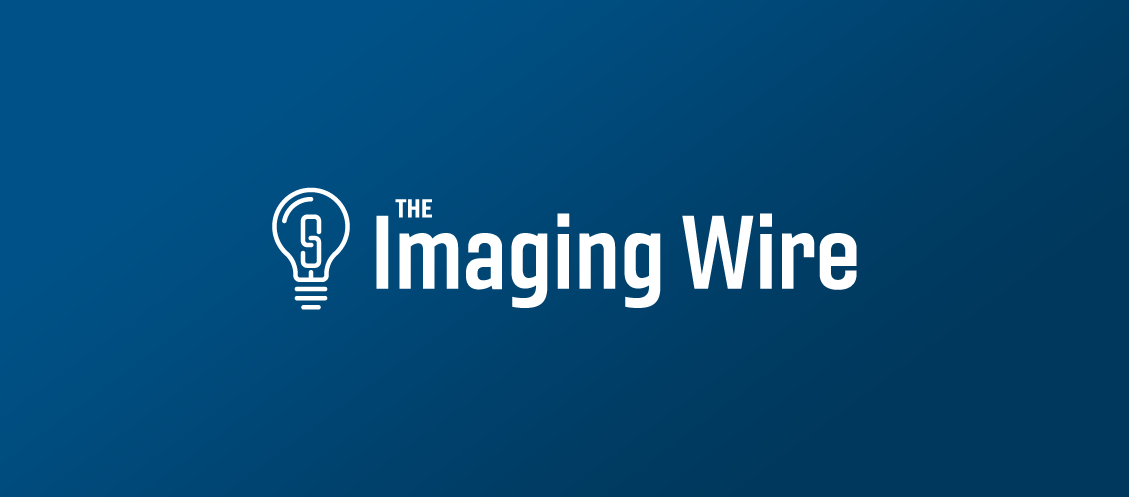Opportunistic screening took a big step forward this week with new research in Nature Scientific Reports showing how an AI algorithm from Riverain Technologies was able to calculate coronary artery calcium scores from non-contrast CT scans – with performance close to that of radiologists.
Opportunistic screening gives radiologists the chance to detect clinical conditions other than those for which the original scan was ordered.
- Potential use cases include calculating cardiovascular risk from mammograms or undiagnosed osteoporosis from CT exams.
One of the opportunistic applications with the most potential is CAC scoring from CT scans.
- CAC scores are a good marker for future cardiovascular risk. But it can be time-consuming to perform separate cardiac CT scans just to acquire CAC data when thousands of abdominal and thoracic CT studies are conducted every day and could serve just as well.
Riverain’s ClearRead CT CAC algorithm uses AI to analyze non-contrast CT exams and produce Agatston scores, the reference standard for CAC analysis.
- Previous research found Agatston scores to be predictive for both cardiovascular and all-cause mortality, but generating the scores requires some manual involvement from clinicians.
In the new study, Mass General Brigham researchers compared ClearRead CT CAC’s performance to ground-truth calculations from radiologists in 491 patients who got non-contrast CT scans at five U.S. hospitals in 2022 and 2023. Researchers found…
- CAC score agreement between AI and radiologists was high, with a kappa of 0.959 (1.0 is perfect agreement).
- The association remained strong regardless of sex, age, race, ethnicity, and CT scanner model, with kappa higher than 0.90 for all groups except “other race.”
- The AI model’s CAC scores from non-gated CT scans were similar to those from gated cardiac CT exams (kappa = 0.906), which are generally considered the gold standard for cardiac CT but are more complex to perform.
- The model’s kappa for gated CT exams compared favorably to recent research conducted with other commercially available algorithms.
The results are a boost for opportunistic screening but in particular for Riverain, which got FDA clearance for ClearRead CT CAC in December 2024 and offers the solution as part of its ClearRead CT suite.
The Takeaway
The new results show that opportunistic screening is moving beyond the research phase and that the opportunity could be now for real-world clinical use.






